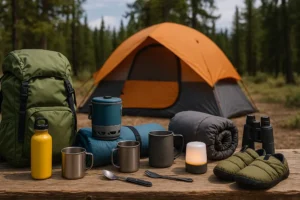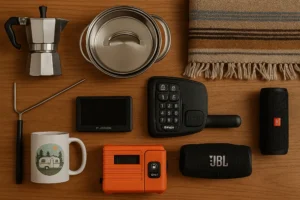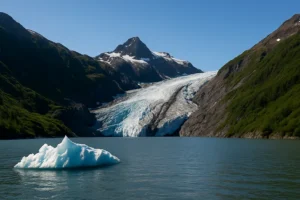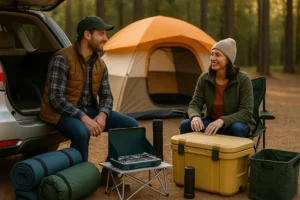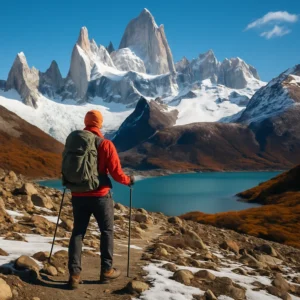Why Resupply Matters on the PCT
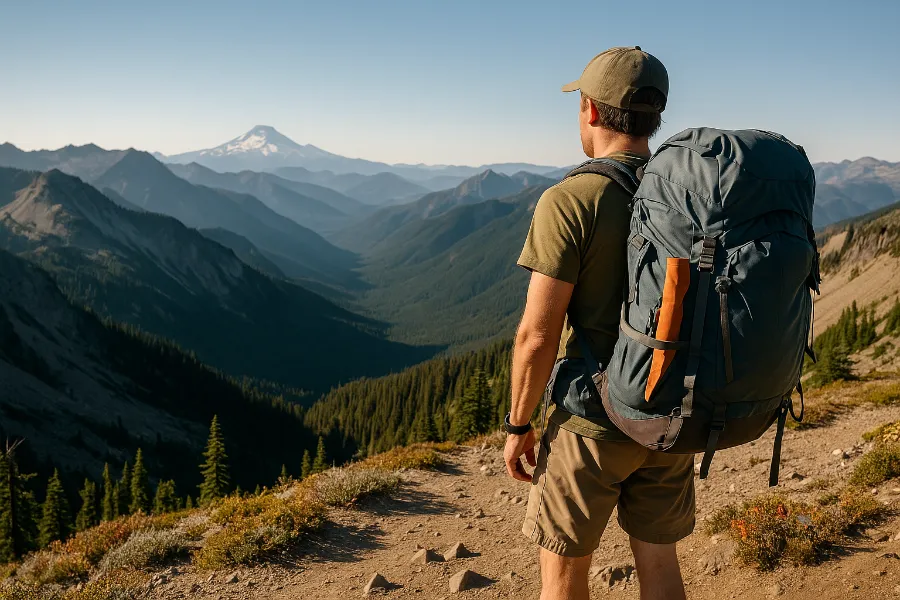
Hiking the Pacific Crest Trail is a dream for many. But there’s one puzzle every hiker faces: resupply PCT. Unlike a weekend backpacking trip, the PCT stretches over 2,650 miles. You can’t carry six months of food on your back. Planning how and where to resupply determines not just your pack weight, but also your budget, flexibility, and peace of mind.
Resupply isn’t glamorous, but it’s the backbone of a successful thru-hike. Get it wrong, and you’re stuck with hunger or stress. Get it right, and you can focus on the trail ahead.
Resupply Strategies on the PCT
There isn’t a single way to handle resupply. Most hikers combine different approaches depending on terrain, town access, and their personal hiking style.
Mailing Resupply Boxes
Some hikers pre-pack food and ship boxes ahead. This ensures you eat exactly what you want. But it comes with challenges:
- Pros: Controlled diet, cheaper bulk buying, reliable for remote stops.
- Cons: Shipping costs add up, towns change, tastes change.
If you go this route, make sure someone at home can help forward or adjust boxes.
Buying Food in Town
The more flexible approach is simply buying food along the way. Many towns have grocery stores, convenience shops, or even gas stations where hikers stock up.
- Pros: Maximum flexibility, no wasted shipments, adapt to cravings.
- Cons: Prices can be higher, limited variety in small towns.
A hybrid approach — mailing boxes to difficult resupply points and buying food elsewhere — is what most PCT thru-hikers rely on.
Key Resupply Points Along the PCT
Not every stretch of the trail offers easy access to food. Some spots are notorious for being tough, while others are hiker-friendly hubs.
Southern California
In the desert sections, towns are more accessible. You’ll find plenty of grocery options early on, but certain stops like Warner Springs or Kennedy Meadows often require mailed boxes.
The Sierra
Here’s where resupply gets tricky. Long carries, limited roads, and high passes make this section notorious. Places like Kennedy Meadows North, Muir Trail Ranch, and Vermilion Valley Resort often mean mailed boxes or pricey small-store buys.
Northern California
This section blends easier road access with some stretches where small-town resupplies get expensive. Sending a few boxes can help balance cost and convenience.
Oregon
Trail towns in Oregon are generally easier to reach, with solid grocery stores in places like Ashland and Bend. Buying in town is simple here.
Washington
Late in the hike, fatigue meets rugged terrain. Some resupplies require mailed boxes, like at Stehekin, while others can be bought in towns like Snoqualmie Pass.
How Many Resupply Stops Do You Need?
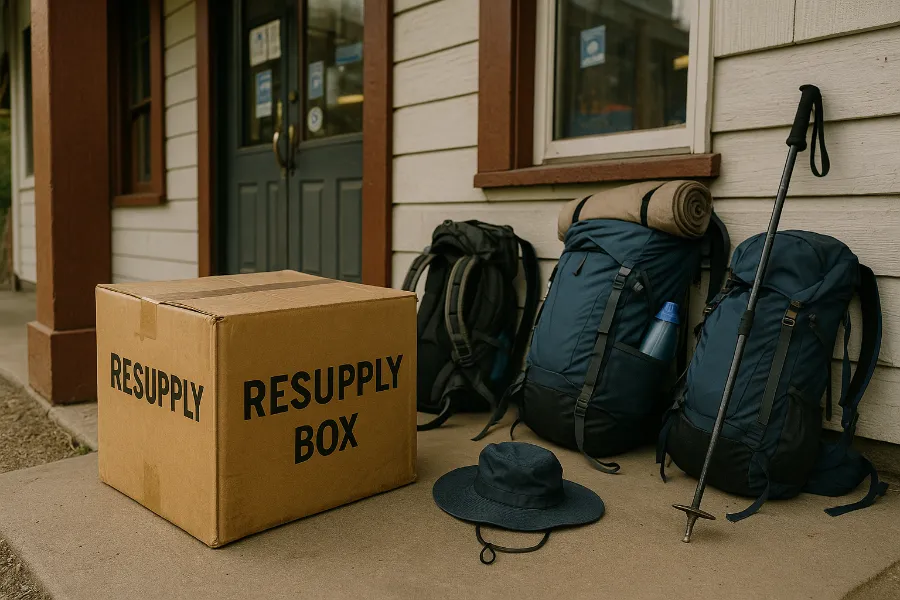
Most hikers hit 25–30 resupply points over the full trail. But this number depends on your pace, diet, and pack comfort. Some ultralight hikers stretch further between towns, while others prefer smaller, more frequent carries.
Factors to Consider
- Pace: Faster hikers need fewer stops.
- Diet: Specialized diets may require more boxes.
- Budget: Mailing boxes vs. buying in towns shifts your overall cost.
- Flexibility: Being willing to adjust helps reduce stress.
Budgeting for Resupply
Resupply PCT planning isn’t just about food weight. It’s also about money.
- Buying food in towns: ~$6–10 per day.
- Mailing boxes: Add $20–30 per box for postage and handling fees.
- Eating in town: Expect to spend more than you think — hikers often splurge when they hit restaurants.
On average, hikers spend between $1,500–2,500 on food and resupply across the trail.
Tips for a Successful Resupply Strategy
- Don’t over-plan. Your tastes will change after hundreds of miles.
- Be flexible. Weather, closures, and personal pace shift your schedule.
- Use hiker services. Hostels, trail angels, and hiker boxes can save the day.
- Balance weight and calories. High-calorie foods like nuts, tortillas, and nut butters are trail staples.
- Plan for the tough spots. Have a strategy for the Sierra and Washington, where access is limited.
Example PCT Resupply Itinerary
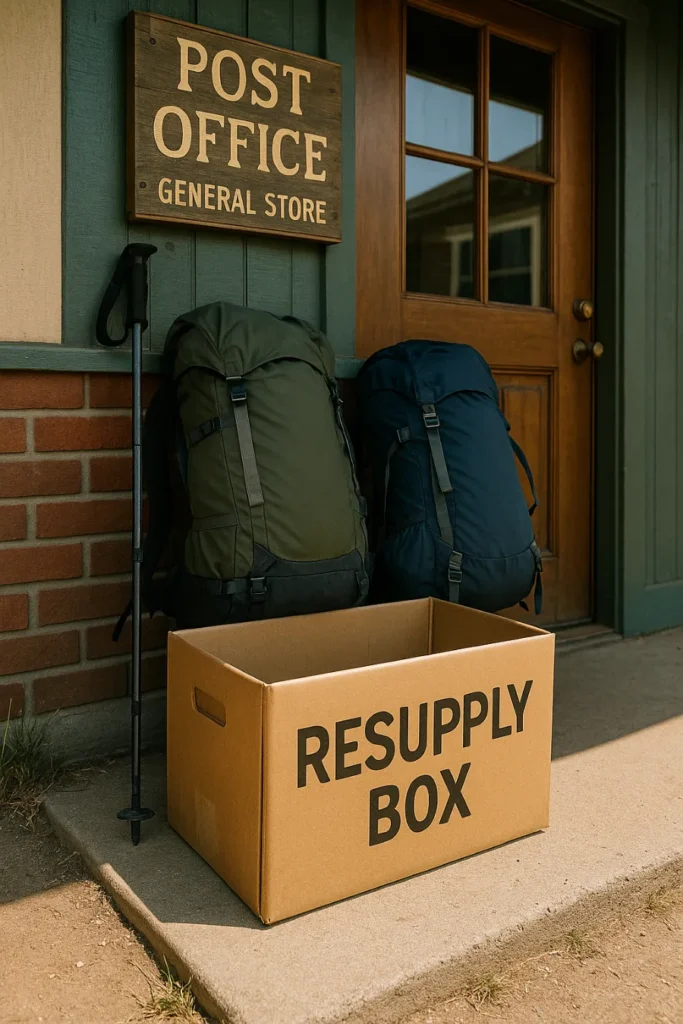
Here’s a sample framework many hikers use (adapt as needed):
| Section | Resupply Strategy | Notes |
|---|---|---|
| Southern California | Buy in towns + few mailed boxes | Warner Springs, Kennedy Meadows |
| Sierra Nevada | Mostly mailed boxes | Muir Trail Ranch, VVR |
| Northern California | Mix of both | Small towns, some expensive |
| Oregon | Buy in towns | Easy grocery access |
| Washington | Boxes + town buys | Stehekin requires a box |
Final Thoughts
Your resupply PCT plan doesn’t have to be perfect before you set foot on the trail. The best hikers adapt. Start with a rough framework, know your tough resupply spots, and adjust as you go.
Remember: the PCT is not just a physical challenge but also a logistical one. A smart resupply strategy lightens your pack, reduces stress, and lets you focus on what really matters — the mountains, the desert, and the experience of walking across the spine of the West.




